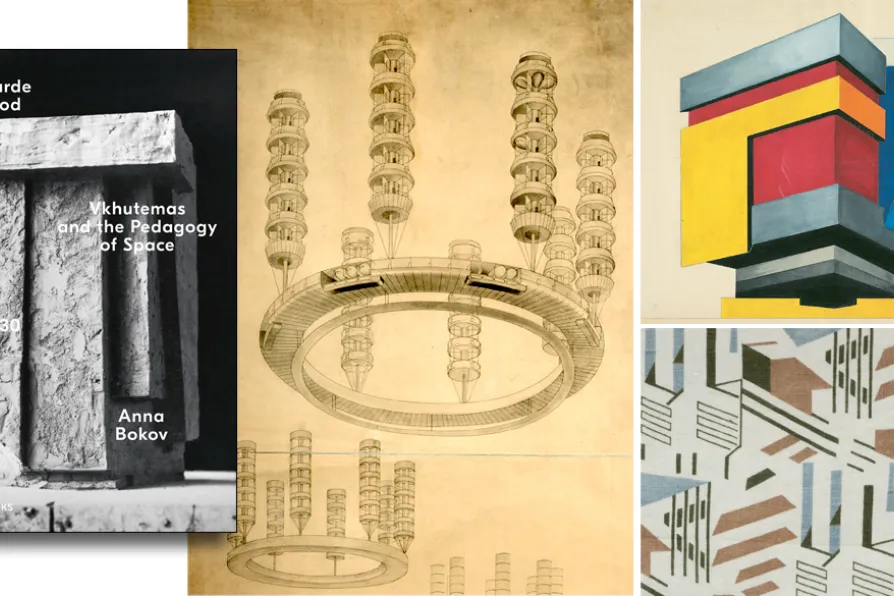RICHARD MURGATROYD enjoys a readable account of the life and meditations of one of the few Roman emperors with a good reputation

 CUTTING EDGE: (L to R) Georgy Krutikov, New City (Flying City) 1927-28; (top right) Nadezhda Kolpakova, Colour Solution for Architectural Volume, 1928–29 and Natalya Ganina, project for ‘agit-textile,’ 1920s
CUTTING EDGE: (L to R) Georgy Krutikov, New City (Flying City) 1927-28; (top right) Nadezhda Kolpakova, Colour Solution for Architectural Volume, 1928–29 and Natalya Ganina, project for ‘agit-textile,’ 1920s
Avant-Garde as Method: Vkhutemas and the Pedagogy of Space 1920-1930
Edited by Anna Bokov
(Verlag Park Books, £35.45)
THIS magnificent book demonstrates how Vkhutemas’s dynamics, mission, personalities — and particularly its achievements in design, art and architecture — have stood the test of time, unlike any other educational project in modern history.
With an unprecedented wealth of detail, the book is an extraordinary work of scholarship from editor Ana Bokov.
In 1923 Lenin, in Our Revolution, posed the question: “What if the complete hopelessness of the situation, by stimulating the efforts of the workers and peasants tenfold, offered us the opportunity to create the fundamental requisites of civilisation in a different way from that of the west European countries?”

The creative imagination is a weapon against barbarism, writes KENNY COYLE, who is a keynote speaker at the Manifesto Press conference, Art in the Age of Degenerative Capitalism, tomorrow at the Marx Memorial Library & Workers School in London

NICK MATTHEWS previews a landmark book launch taking place in Leicester next weekend












